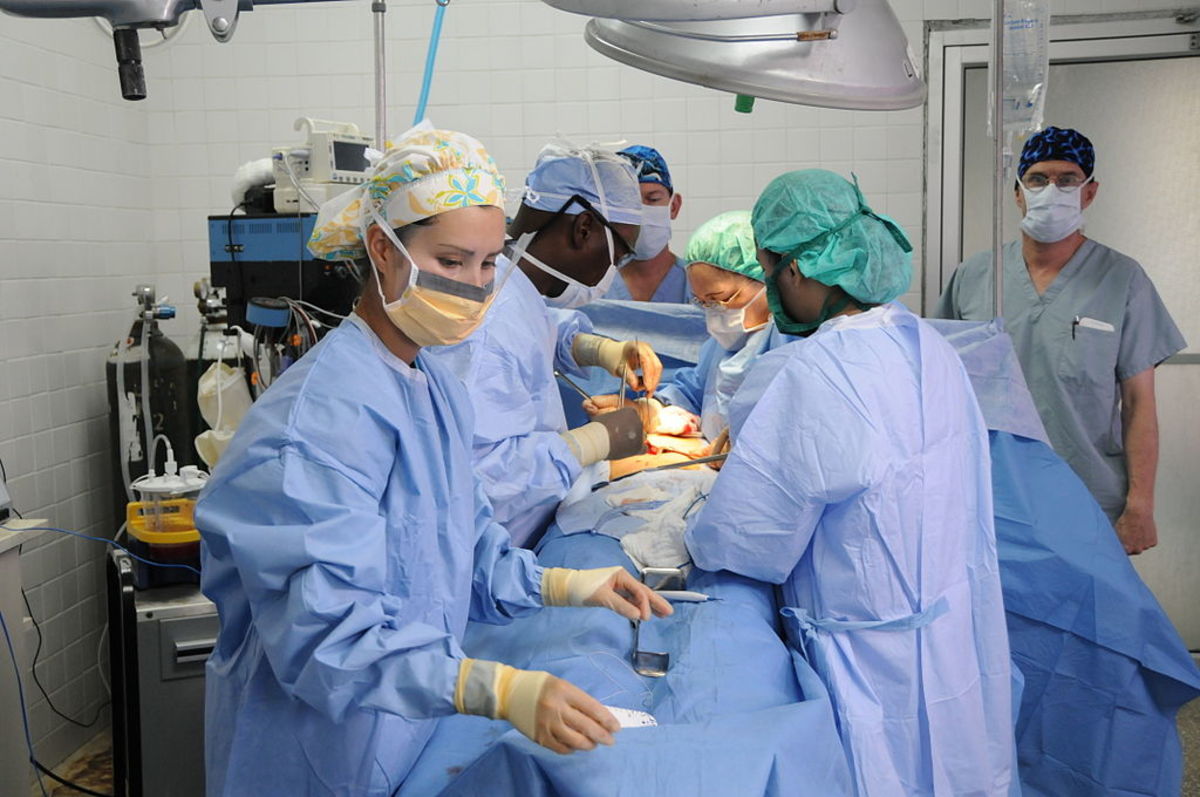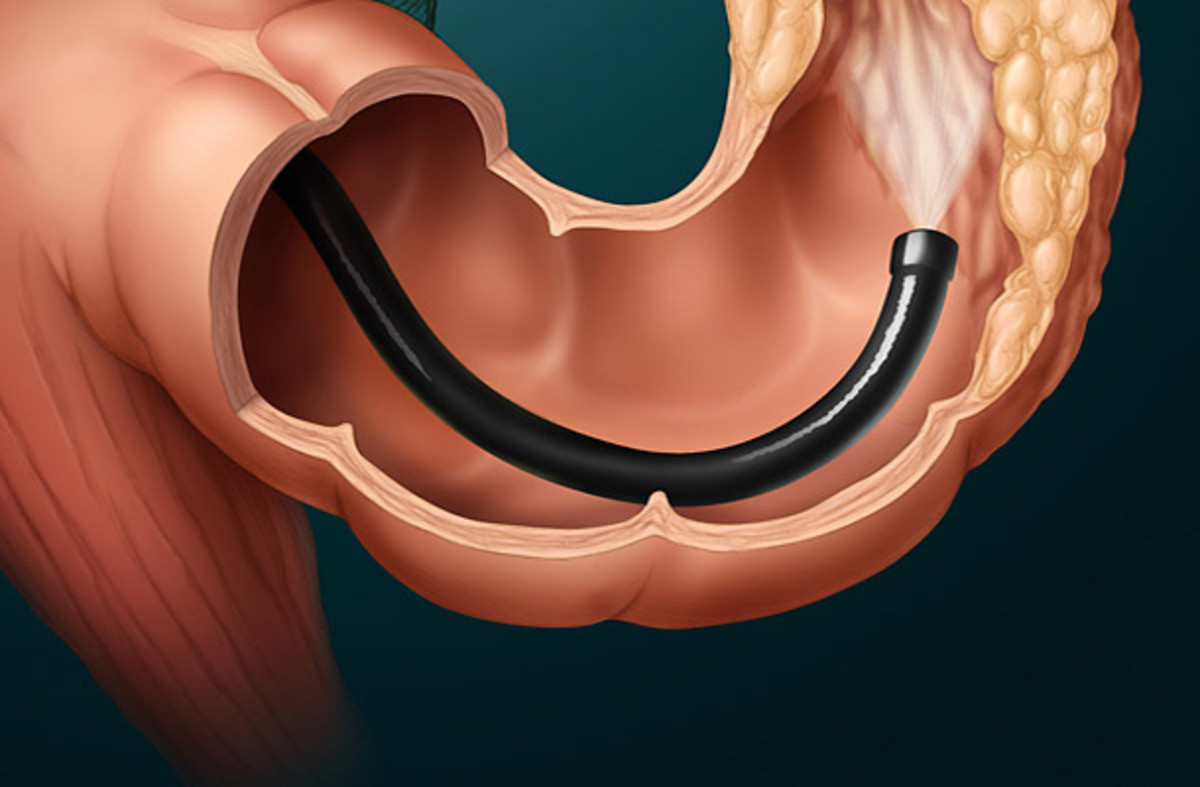How You Can Donate a Kidney - Living Kidney Donor

Donating one of your organs is a big decision. Aside from the little health risks involved, it also has implications on your work and lifestyle, particularly right after surgery. Because of these effects, it’s a must that you consider your family’s opinion as they will create your immediate support system during the recovery period.
Once you’ve considered all the essential factors, then you can proceed with the following:
● Calling your doctor should be your first step. He will consider and assess your present health status, past medical illnesses and surgeries as well as any risk factors you have that can pose problems to your kidneys. After the assessment and if there are no related health issues, you’ll receive a clean bill of health.
● Once you’re cleared from your doctor, you can start calling a transplant center. Each center has its own program to assess potential donors. Most of them send a psychiatrist to evaluate your decision and to see if you’re not being forced to do it.
● After determining your eligibility, you’ll undergo series of tests to know your compatibility.
In general, there are three ways you can donate through living kidney donation.
Direct Donation
In direct donation, you get to donate your organs directly to someone you know. Although this sounds positive, donating directly has a few drawbacks. For one, not all direct donors and recipients are compatible. While some of them can show poor matches, there are pairs that display a complete incompatibility. To test pairs, they also need to pass the health, blood and cross-matching tests.
Paired Exchange Donation
Donors and recipients who failed to establish compatibility through direct donation can resort to a paired exchanged donation. In this system, a donor can offer his kidney to a compatible recipient given that this recipient also has a donor compatible with the first donor’s patient.
Take for example a husband who failed to establish compatibility with his wife’s organ. This husband can enter a paired exchange donation with a father who isn’t compatible to donate his kidney to his son. To fit the category, the husband should be compatible with the son and the father must pass the necessary tests to donate his organ to the husband’s wife.
Good Samaritan Donation
When you enter a Good Samaritan donation, you’re signing up to donate your kidney to someone you don’t personally know and triggering a chain of donations in the process. One Good Samaritan donation typically triggers 2 to 30 organ transplants. Because it involves a chain of donations, it helps speed up the process of finding compatible matches in recipients and decreases the number of patients in the waiting list.








